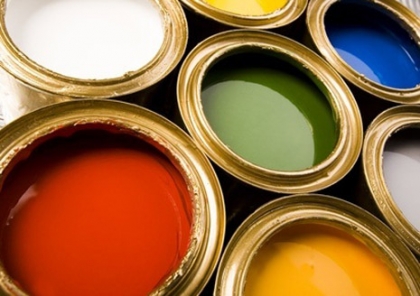Because paint is one of the biggest contributors to indoor air pollution, Green Seal has recently updated its environmental standards in a new Green Seal Standard – GS-11.
The revised standard works harder to protect indoor air quality by increasing the number of prohibited chemicals, reducing allowable VOC (volatile organic compounds, which have both short and long term health effects) levels, requiring more accurate VOC testing, and giving shoppers more information on how to reduce their impact through paint use, storage and recycling.
The first edition of GS-11 prohibited 25 chemicals such as toluene, benzene and formaldehyde. But with the rapid growth of formulation technology, we wanted to expand this list to eliminate other chemicals that might be as harmful or worse than those in the existing standard. By including a more comprehensive list of prohibited chemicals the standard removes these loopholes and ensures safer paint formulas. Hazardous air pollutants and ozone-depleting compounds are prohibited, as are carcinogens, mutagens and reproductive toxins.
With greater awareness about indoor air pollutants, low- or zero-VOC paints have experienced increased sales. However, many shoppers are not aware that they increase VOC levels when they add colorants to the base paint. For most paints, the darker the tint, the higher the VOC of the final blend. By adjusting the levels of VOCs allowed in base paint and including criteria for colorants, the new standard ensures that even a heavily tinted paint will still contain minimum VOCs.
Measurement of volatile organic compounds has historically been an imprecise process. The lower the VOC level, the more difficult it has been to get an accurate measurement. Green Seal has incorporated a more direct assessment method into the standard, which is estimated to be 10 times more effective and becomes even more accurate as the VOC levels approach zero.
Considering the life cycle of a can of paint is vital to measuring VOC impact. Examining how the entire can is used and disposed of helps to “close the loop” on its toxicity. Under the new Green Seal standard, manufacturers are required to include instructions on the label for proper disposal or, preferably, reuse or recycling of leftover paint. Users must be advised concerning source reduction (buying just what is needed), proper use to reduce waste and proper ventilation. Pre-consumer waste and leftover paint should be collected and donated, as markets for recycled paint continue to grow. Any paint that is kept out of the waste stream helps protect the environment and reduces the raw materials required to make new paint.
Green Seal is happy to offer this new standard to paint manufacturers as a way to identify themselves as leaders in the industry. As consumers continue to demand safer, more sustainable products, this new standard provides a guideline to meet that demand.

